Ethnographic Expedition 2008. Part IIJuly 27–28, 2008 YelabugaMap
Some people know this as the place where Marina Tsvetaeva hung herself, some—as the place where General Motors has an assembly plant.  Although the city is a thousand years old. 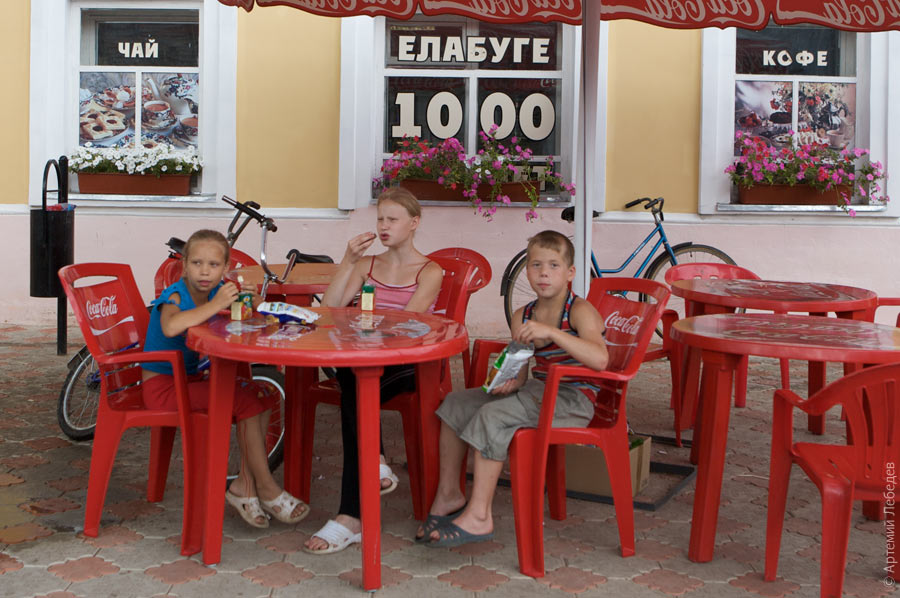 Tea. Yelabuga is 1000. Coffee. The lampposts in the semi-pedestrian tourist area are paired with special semicircular flower planters. 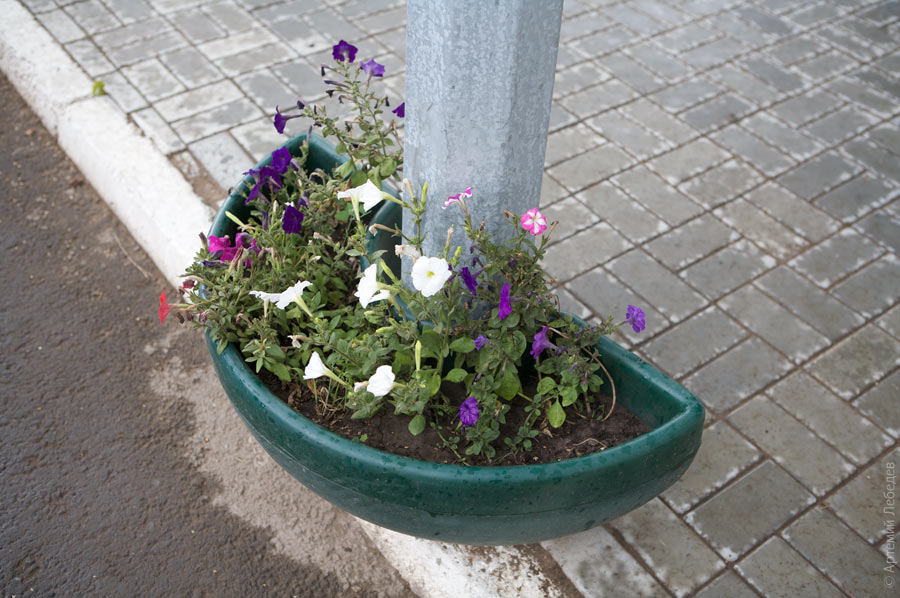 Yelabuga is practically the only city in Russia (besides Saint Petersburg) that still has the state emblem of the Soviet Union on its post boxes. In all the other cities where this post box model is still in use, the emblem was pried off with a screwdriver ten years ago. 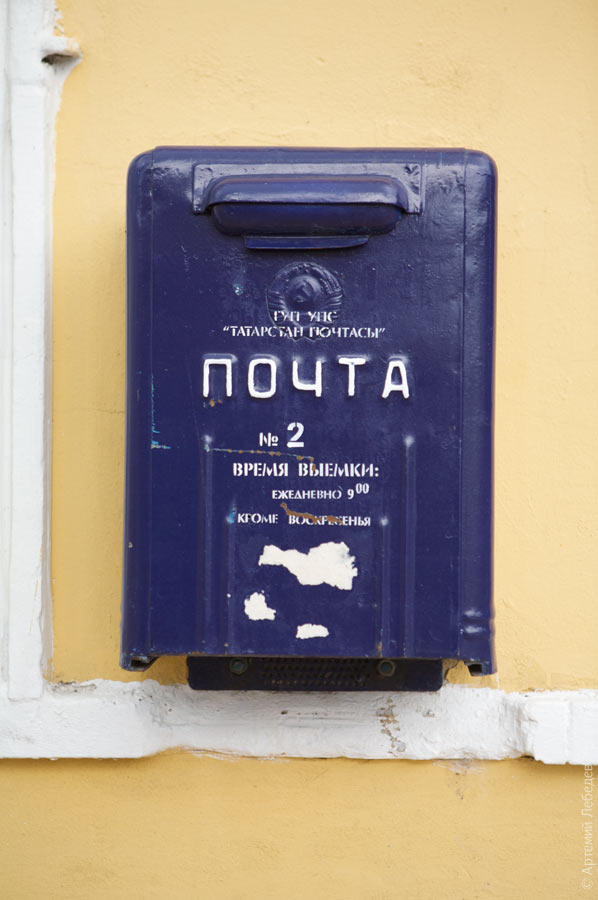 There isn’t much going on here apart from a quiet tug-of-war between Orthodox Christians and Muslims—each is trying get slightly ahead of the other. On the one hand, this is Tatarstan, a historically Muslim region; on the other hand, there are Christian churches. Nevertheless, they support each other. 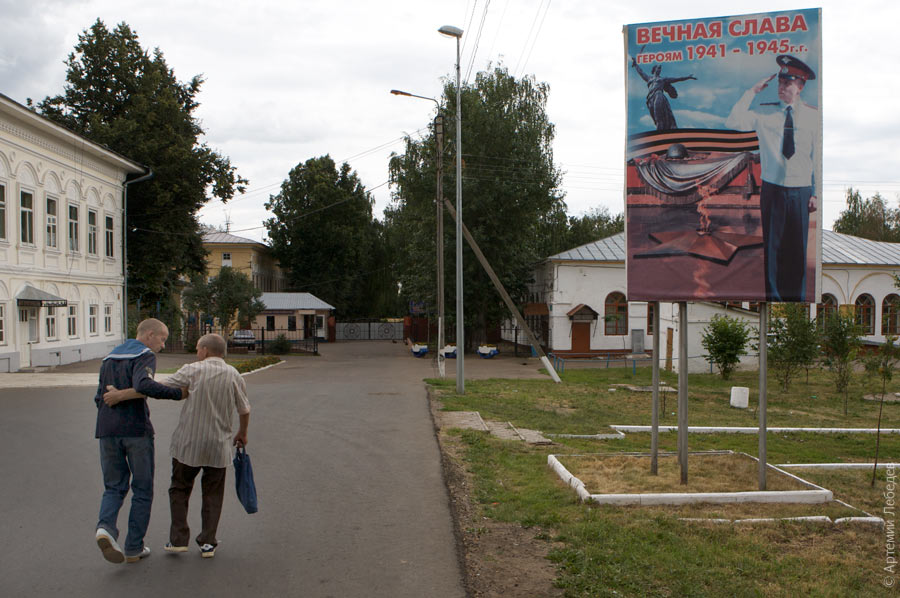 Eternal glory to the heroes of 1941–1945 UfaMapUfa—it sounded attractive. It promised something interesting. But in reality, it turned out to be a completely nondescript city. Perhaps only Novosibirsk looks more boring. 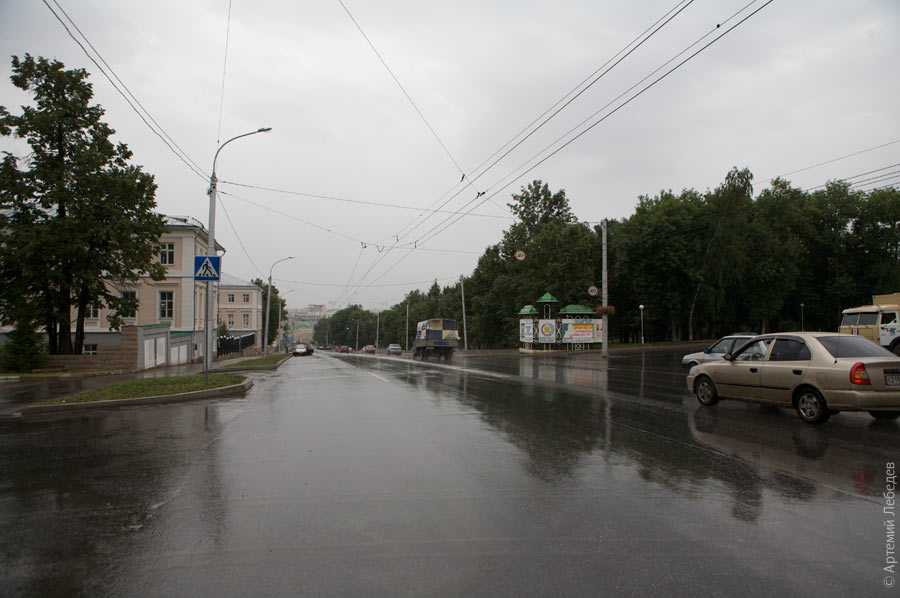 It’s really, really boring here. 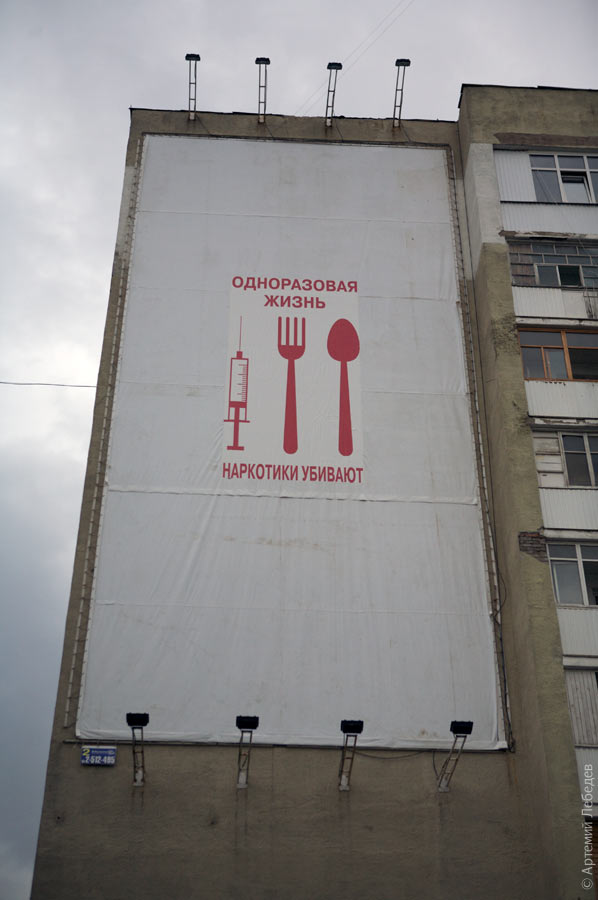 Disposable life. Drugs kill. Two details are distinctive. The first is the little red phone booths. 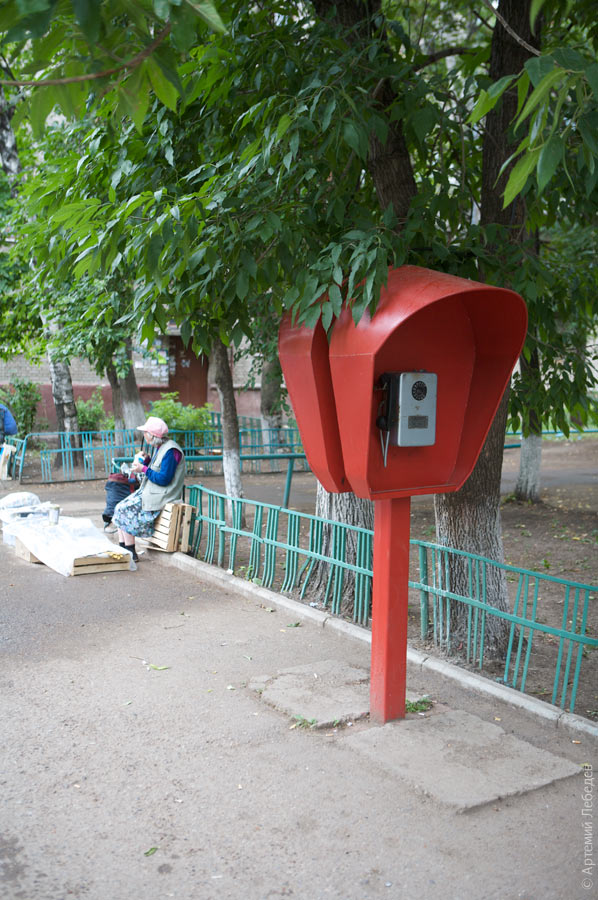 The models may vary, but they’re always red. The post box preparing to drown itself is fantastic. 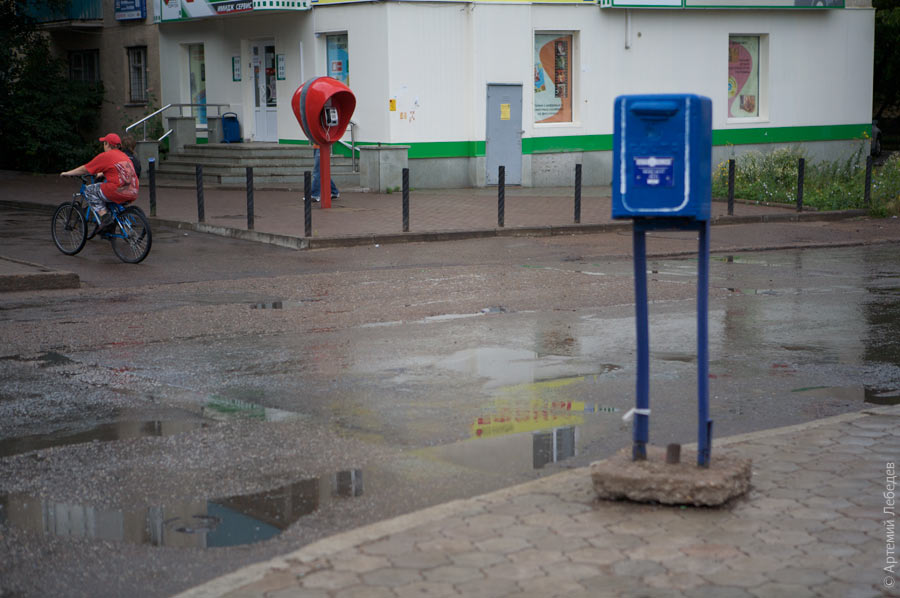 The second detail: the billboard supports in Ufa are more varied than the actual ads on the billboards. I’m not exaggerating. 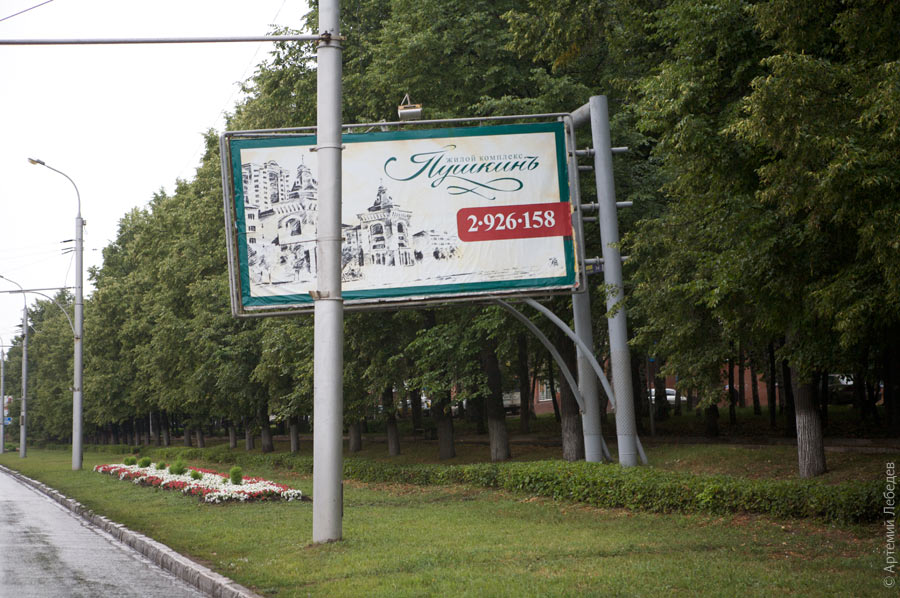 Donetsk can be considered defeated. 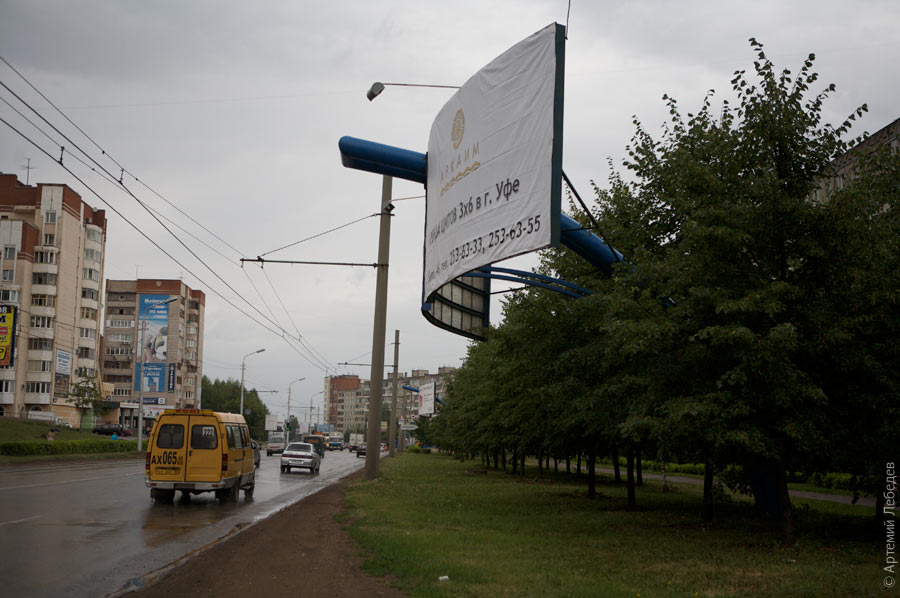 I’d really like to write more about Ufa, but there’s nothing else to say about it. Approximately up until the border of Asia, you can often spot representatives of a special profession at roadside service areas: barkers who wave their arms in the air like penguins, slapping their thighs. They’re not cold; these people are advertising a special type of service—forgery of all kinds of paperwork, receipts, invoices, etc. The barker directs those who enquire towards the person taking the orders. ZlatoustMapThe place has the same initial parameters as Geneva, but they’re being used like in Petropavlovsk-Kamchatsky. 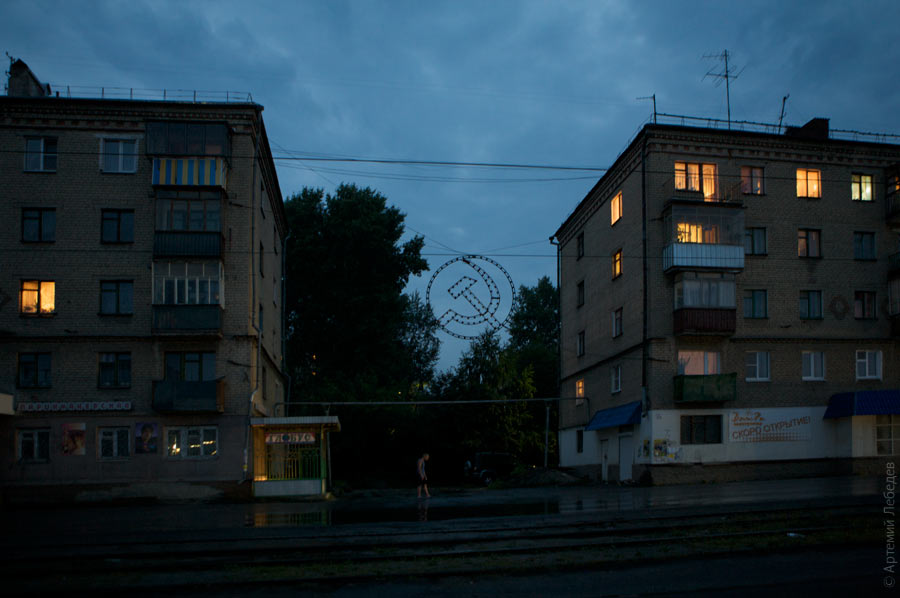 MiassMapA low-class semi-industrial hole. 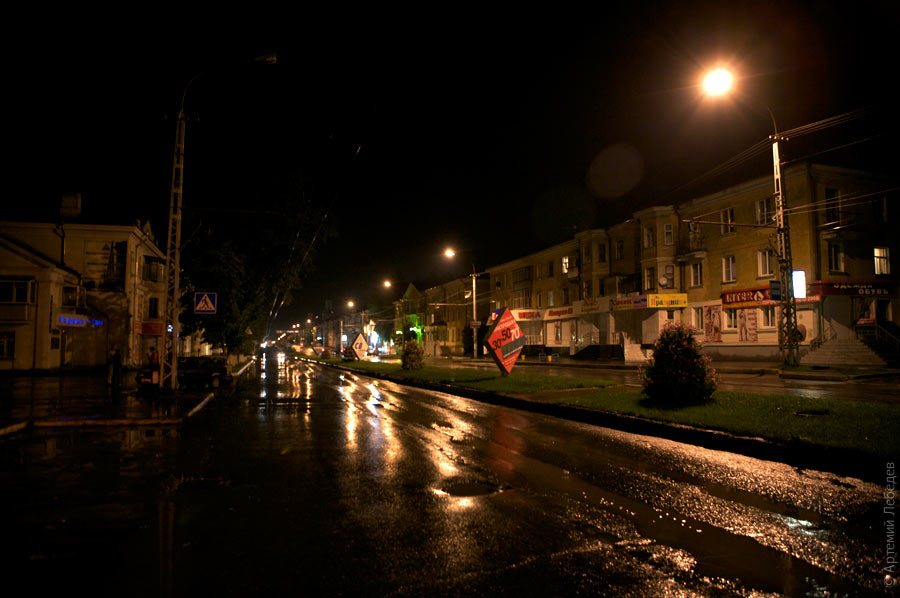 ChelyabinskMap
The beginning of a major street. 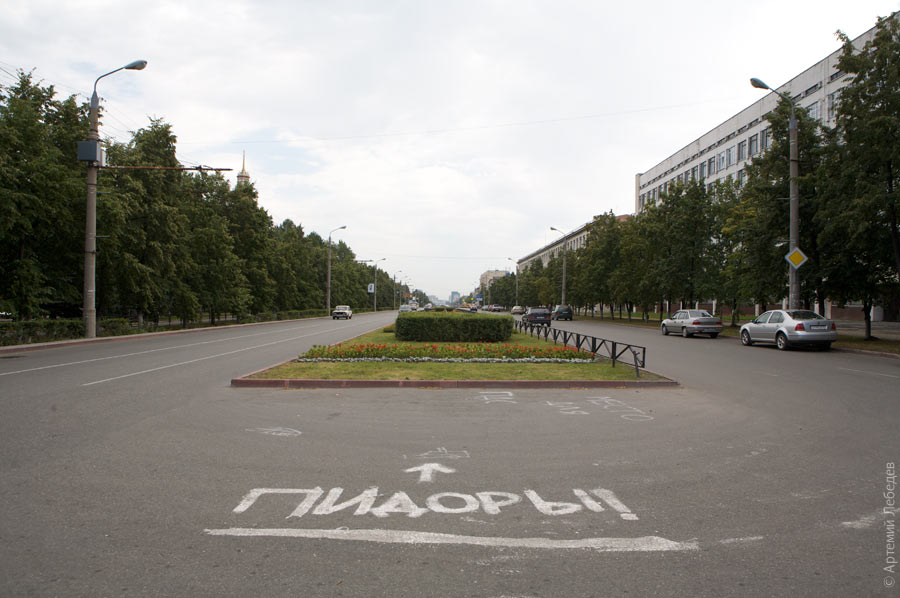 Cocksuckers! The joke from Nasha Russia (a sketch show based on Little Britain) about Chelyabinsk men being particularly brusque was confirmed almost immediately when I was cut off by a tractor. 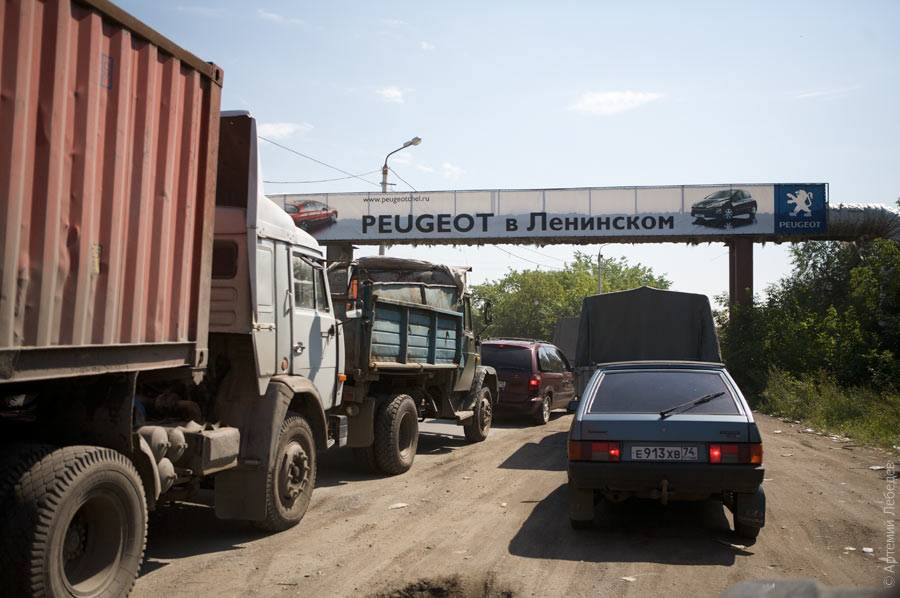 CCTV cameras are one of the central avenue’s more noticeable decorations. 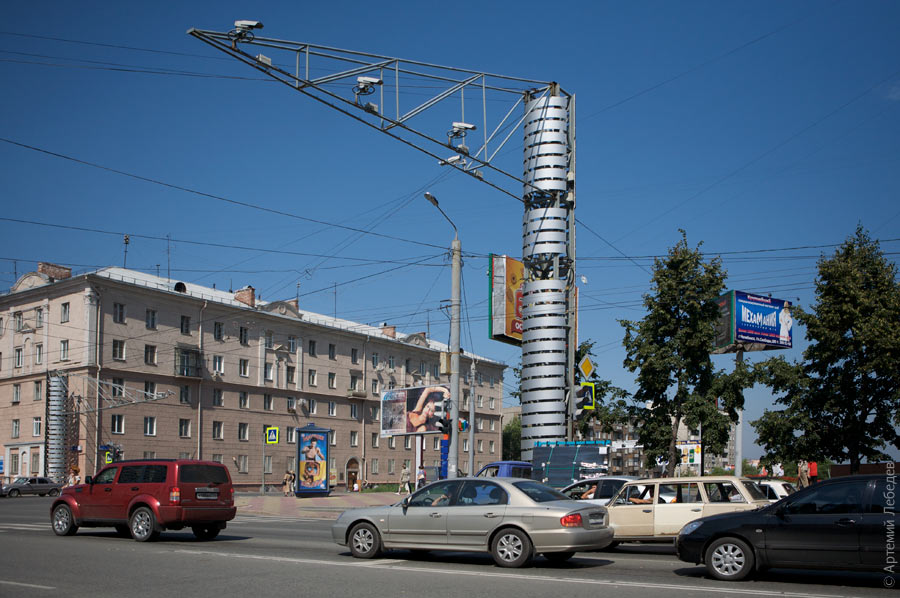 Steering wheels like those on the roofs of Petrozavodsk trolleybuses were spotted on the roofs of local trams. 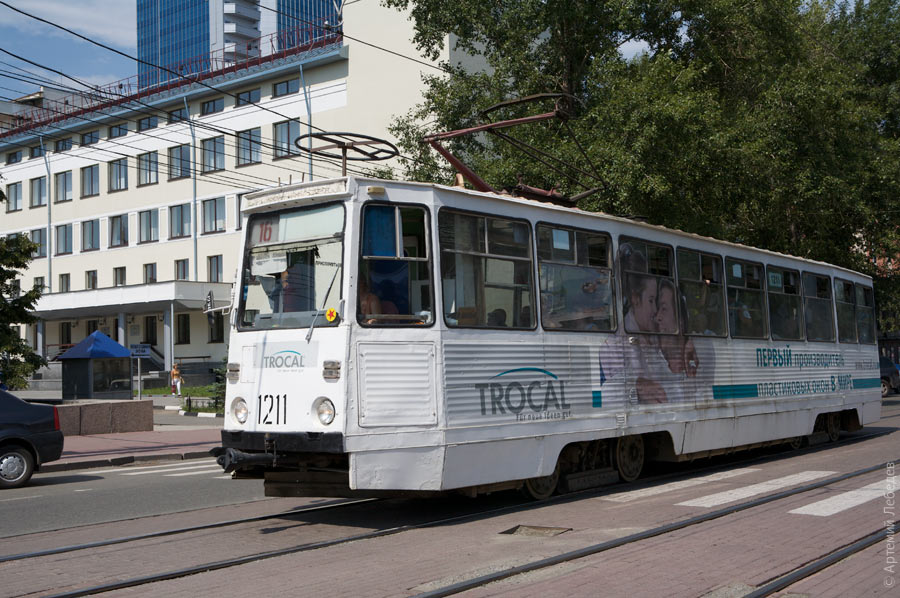 The pedestrian crossing signs at uncontrolled intersections are framed with vile bright neon yellow-green frames, something you often see in various Moscow suburbs. This approach means the local traffic police are incapable of bringing down the number of road accidents involving pedestrians on a crossing, so they’ve decided to ruin the city’s appearance with fluorescent nonsense instead. 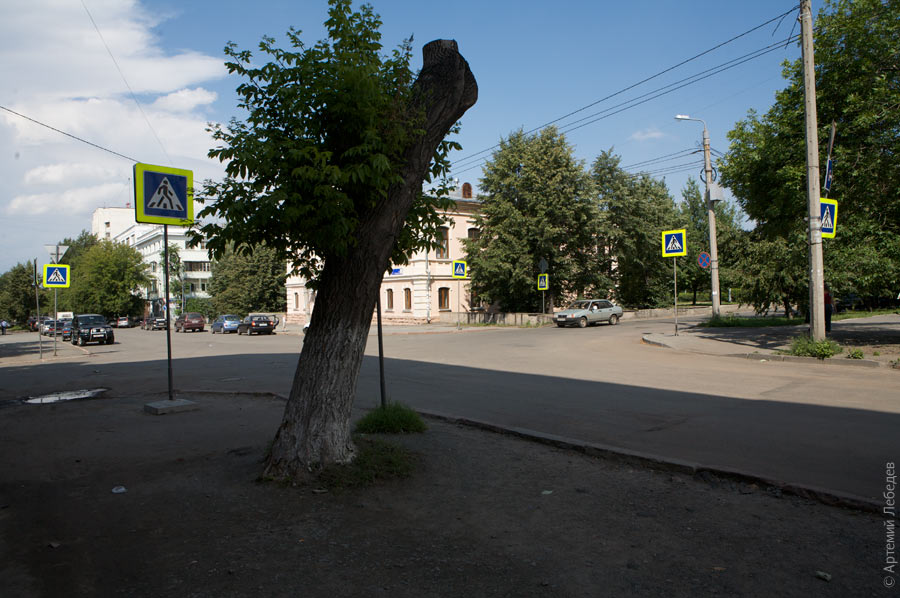 All the traffic signs are mounted on special Chelyabinsk brackets. 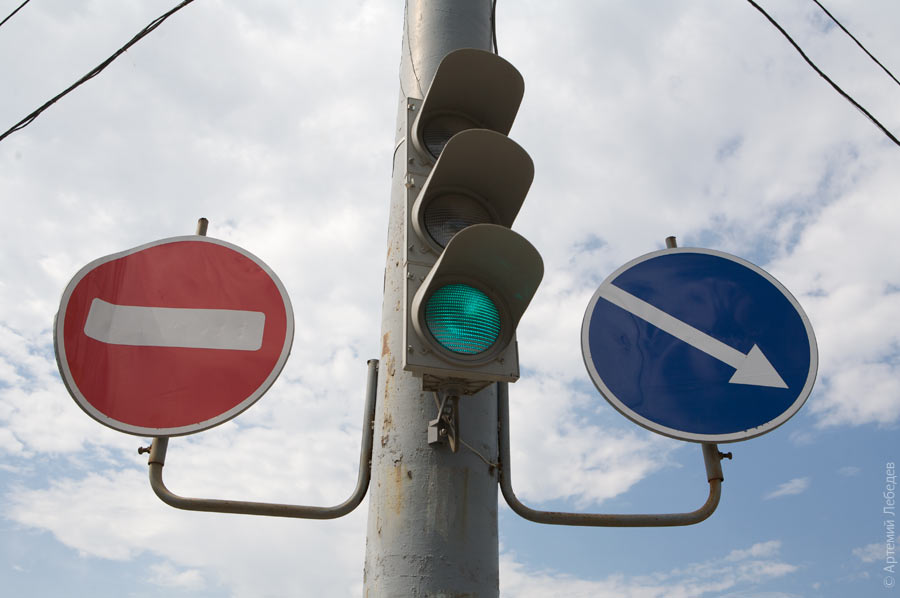 There are even some multi-story compositions. 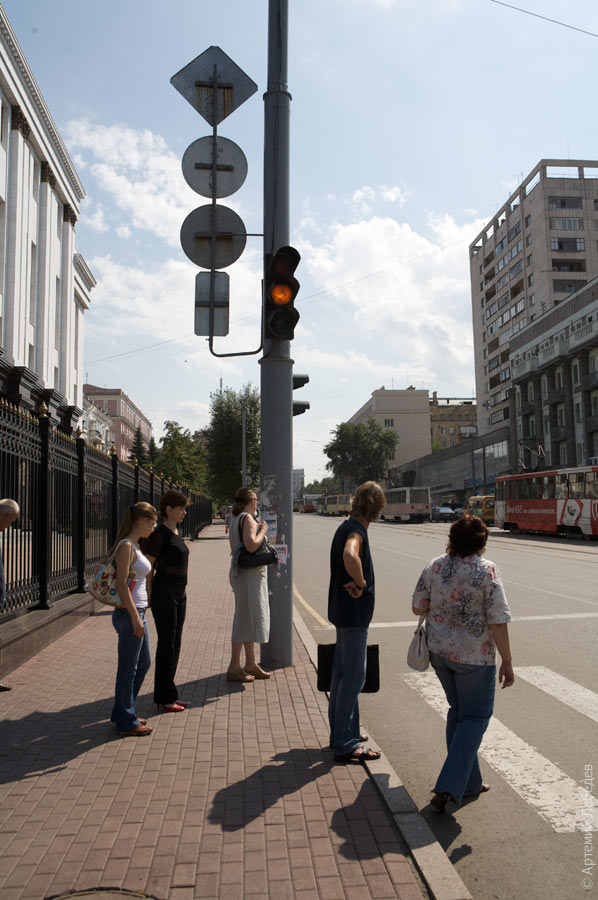 The city has preserved a unique collection of Soviet place names. It seems as though not a single street was renamed. 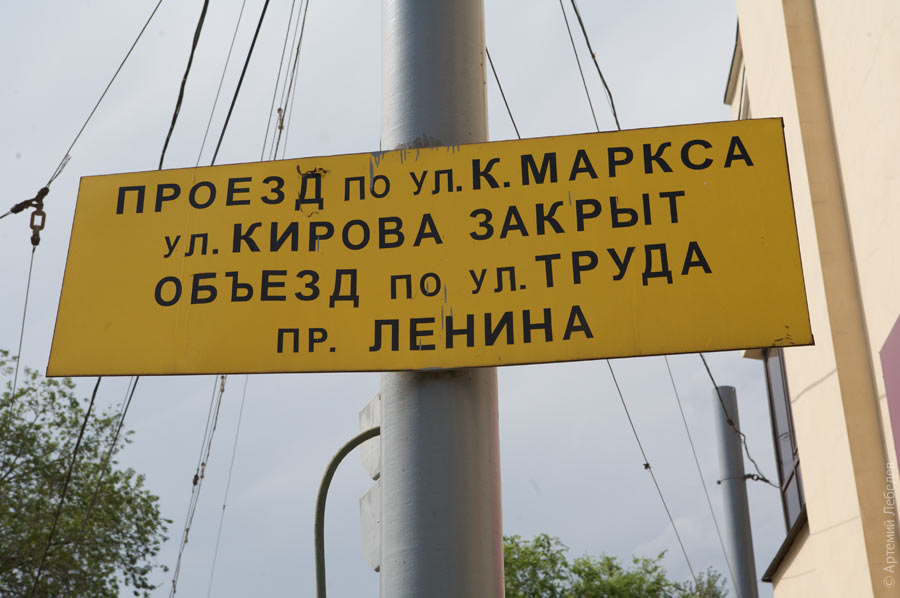 Karl Marx St., Kirov St. closed to traffic. Alternate route through Labor St., Lenin Ave. If I had a lot of spare time, I would write a dissertation on why some regions intentionally consider and call themselves regions, as well as why people like to identify themselves with their region’s license plate number. The amount of businesses in Chelyabinsk with “74” in their name is staggering. 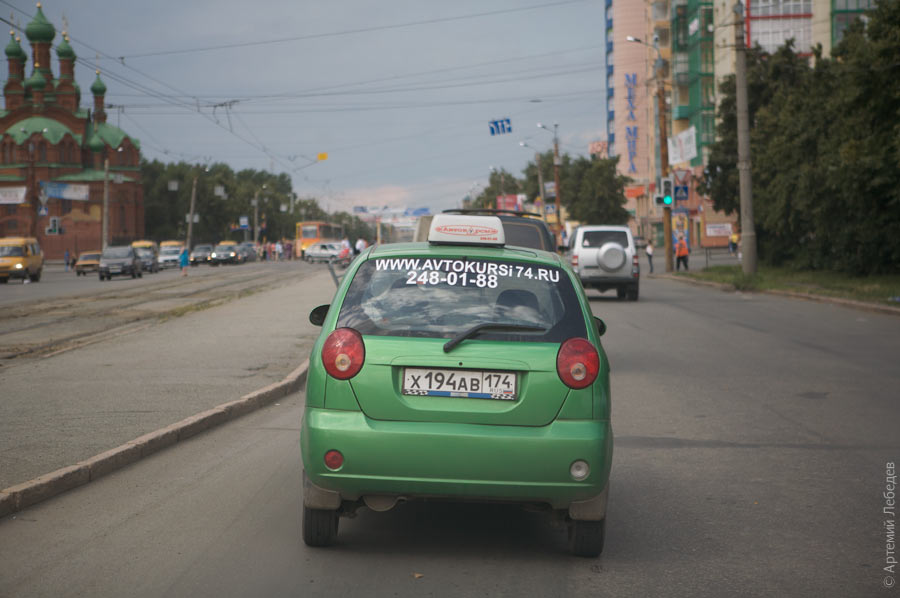 Our brief overview concludes with a monumental suicidal find that left me with a lasting aesthetic impression. A two-ton cast-iron figure suddenly jumped off the epistyle of a Stalinist building and stayed frozen in the air forever. 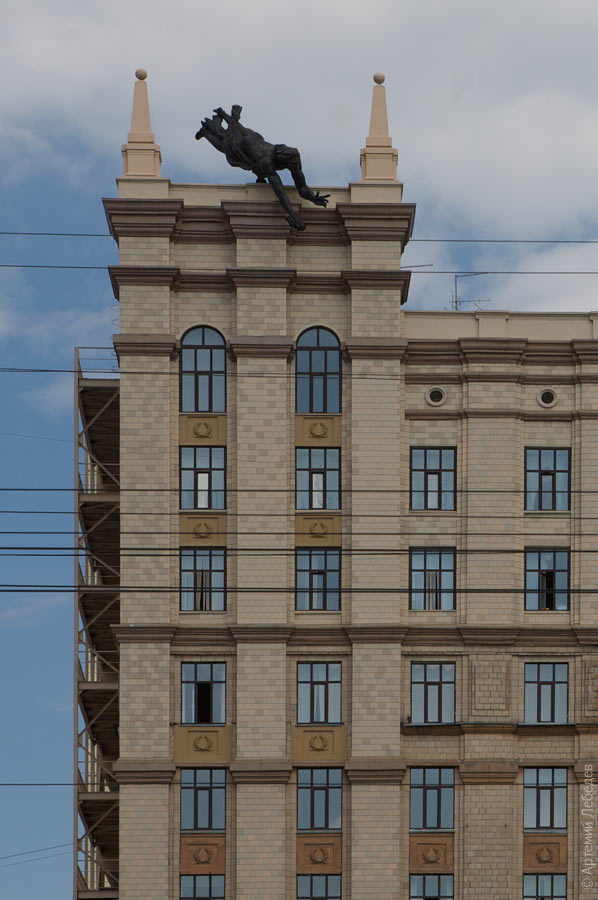 |